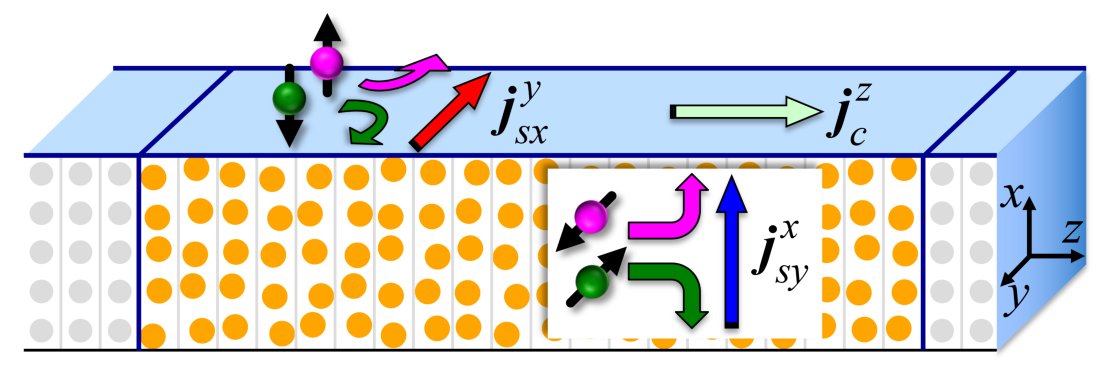Magnetic data storage that does not depend on moving parts, like in a hard disk or tape, is an attractive option. Still, this technology seems to suffer from a type of ‘memory loss’ that can only be explained by using advanced models of the interface between materials. Researchers of the MESA+ Institute of the University of Twente did this exercise for the first time and were able to demonstrate the effect of temperature on the order - or disorder -, of the interface. Their paper in Physical Review Letters was highlighted as an ‘Editor’s suggestion’.
Hard disks and tapes are the classic examples of magnetic storage. They depend on a read-write head and on fast moving parts. Magnetic storage without any moving parts has been the ‘holy grail’ for quite some time. Today’s data centers also make use of electronic memories like solid-state drives (SSD), offering fast electronic storage, but magnetic storage still has advantages in price and data retention. Disks, and tapes as well, are therfore still used on a large scale. Combining the best of both worlds, using electronics to read and write like in an SSD, while storing the data magnetically, is attractive. The performance of this type of storage, however, depends on what happens at the interface of two materials, UT researchers show in their latest paper. They used advanced modelling to characterize four types of material combinations.

Together with its charge, the spin of an electron (clockwise or counterclockwise rotation) is transported as well. This 'spin current' is copied to the magnetic material.
Spin current
One of those materials can be a conductor, while the other one is magnetic. Electrons not only carry their charge through the conductor, their ‘spin’ is transported as well: electrons spin around their axis clockwise or counterclockwise. By the effect called the ‘Spin Hall effect’, the spin current can be ‘copied’ from the conductor to the magnetic material. In this way, it will be able to locally flip the magnetic orientation, thus storing a ‘1’ or a ‘0’. It is also possible to have a sandwich of magnetic materials with a non-magnetic material inbetween: in this case the spin is copied from one magnetic material to the other. These all are options for creating a magnetic random access (MRAM) memory.
Quantum modelING
The research provides more insight in a phenomenon called ‘spin memory loss’ limiting the applicability: you might lose your spin current at the interface. This loss has been subject of much research, but the vast majority of the experiments and simulations was done at very low temperatures. Moving towards room temperature, especially for magnetic materials, truly makes the difference, the new simulations show. They are based on the quantum mechanical description, using so-called ‘scattering theory’ and include the wave behaviour of electrons.
At rising temperatures, the atoms will vibrate more, and the order in the crystal structure is affected. This directly has consequences for the interface of the conductor and the magnetic material, and thus for the transfer of spin information from one to the other. Looking at materials with a very different crystal structure, it is important to have a good and ‘ctlean’ interface. Any mismatch will enhance spin memory loss.
2D
Using the new insights in the theory of spin memory loss, adequate choices can be made for both the materials and the manufacturing technology, in order to create the best possible interfaces. As a next step, the researchers will also examine the new class of twodimensional magnetic materials.
The research was done by the Computational Materials Science group of Professor Paul Kelly. The group is part of University of Twente’s MESA+ Institute. The researchers collaborated with colleagues of the Center for Advanced Quantum Studies of Beijing Normal University in China.
The paper 'Disorder dependence of interface spin memory loss', by Kriti Gupta, Rien Wesselink, Ruixi Liu, Zhe Luan and Paul Kelly, was published in Physical Review Letters. Physics news website phys.org publisheddisor an interview with Paul Kelly.





